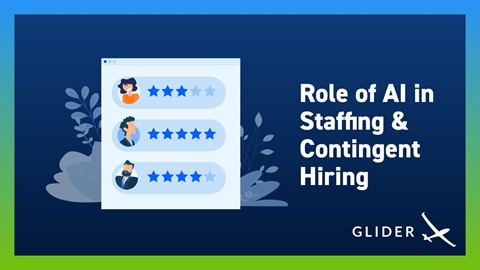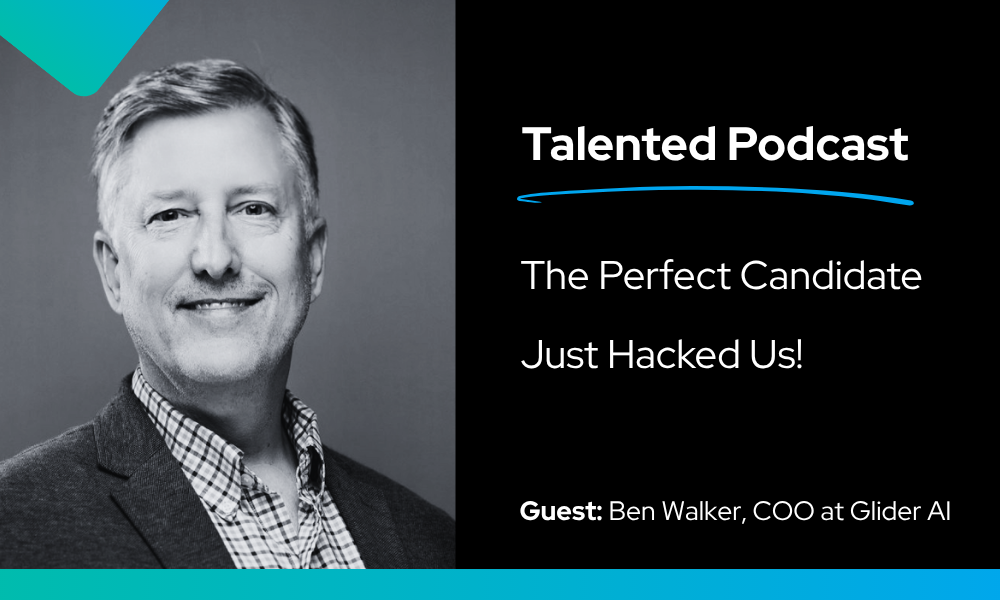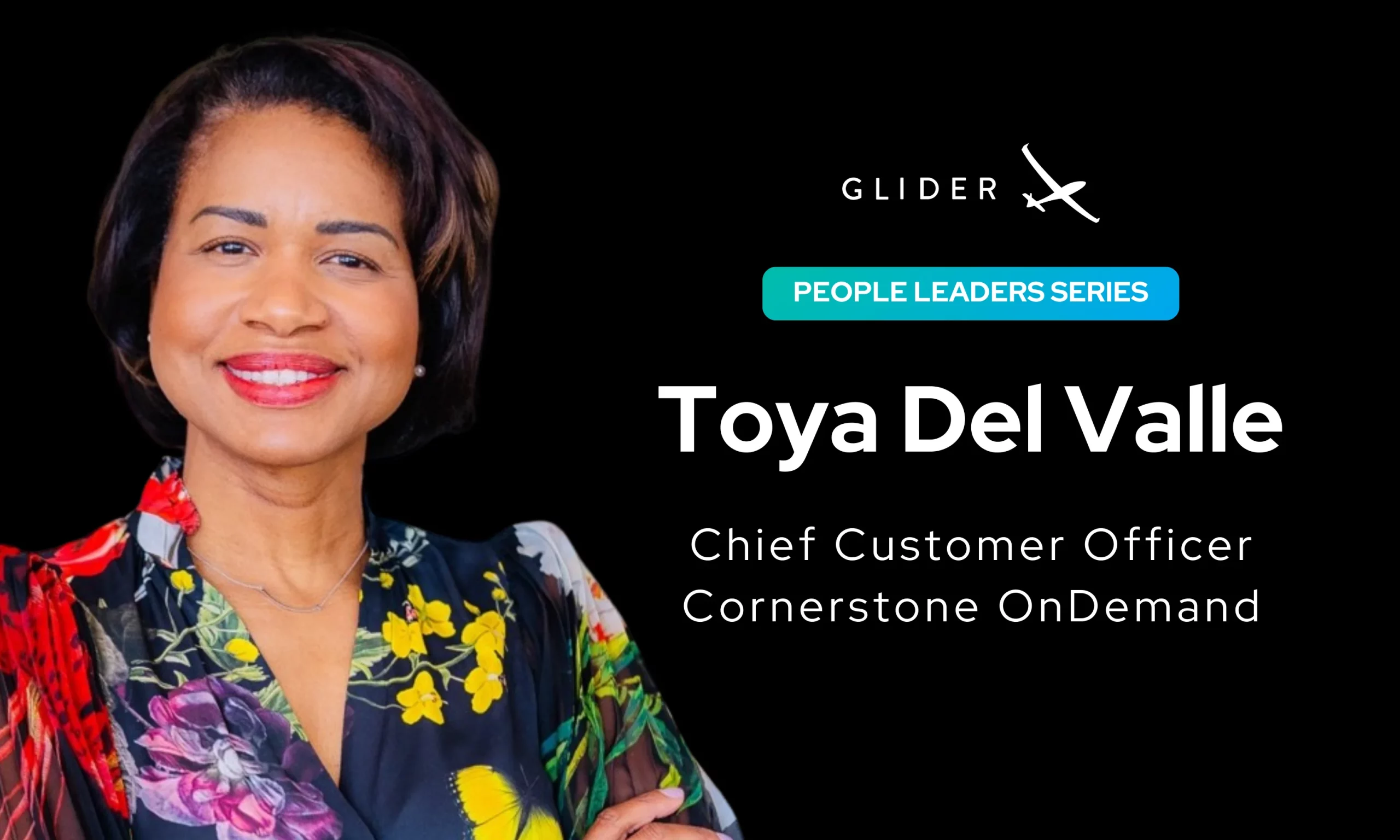
Make talent quality your leading analytic with skills-based hiring solution.

Role of AI in Staffing and Contingent Hiring
The landscape of recruitment has undergone an unprecedented rapid transformation, thanks to advances in AI-based technologies and automation. Since AI can be taught to learn and work alone, it can imitate human ways while avoiding the drawbacks humans have.
Automation-based hiring, through AI, is gaining ground across contemporary HR practices.
Automation and technology reduce manual load and therefore divert a lot of resources for productive tasks besides introducing significant enhancements in the hiring domain. Despite the infamous myth, AI is less about replacing human workers and more about augmenting and empowering them to make better hiring decisions.
AI can be used in multiple ways when implemented in recruitment and hiring. To give a single instance, the most common type of AI used in hiring is ATS or Applicant Tracking System. AI offers potential for advancements in staffing and contingent hiring processes. Thus AI-based hiring is ubiquitous today.
Defining AI aka Artificial Intelligence
AI is a term coined by emeritus Stanford Professor John McCarthy in 1955. He defined artificial intelligence as the “science and engineering of making machines” or “any task performed by a machine that would have previously been considered to require human intelligence.”
Modern definitions of AI are more specific. In the words of Francois Chollet, creator of machine learning software library Keras, “AI is a system’s ability to adapt and improvise in a new environment, to generalize its knowledge and apply it to unfamiliar scenarios.”
Accenture defines AI as a collection of advanced technologies that permit machines to sense, comprehend, act, and learn. Fundamentally AI can reinvent the way businesses are run, compete, and thrive. Upon implementing holistically, AI-based technologies can improve productivity, lower costs, thus unlocking more creative jobs and creating new growth opportunities.
Before we move further, let us as well dissect the meanings of machine learning and algorithm.
Machine learning is a part of AI that helps computers improve their perception, knowledge thinking, or even actions based on experience or data, or pattern recognition. An algorithm is nothing, but opinions embedded in code, lists the precise steps to take, such as a person writes in a computer program.
In the context of hiring, AI is used to quantify human behavior and intelligence in terms of employability factors. How does AI do it? Through the vast amount of data that reflects potential applicant’s activities and behavioral patterns. Thus, AI enhances the quality of the recruitment process, end-to-end from candidate sourcing to employee onboarding.
Sourcing Applicants: In other words, it is sorting the best available candidates. Sourcing with AI technology is easier because it can unearth a volume of talent databases to find the best possible matches like procurement, qualification, interviews, etc. in a short period. With a greater candidate pool available in the pipeline, hiring managers can assess the candidates through interviews, meetings, and discussions.
AI-based sourcing is also a great way to reduce bias- of almost every kind. Because they make decisions by aggregating data points from potential candidate profiles, AI-based sourcing simplifies hiring when compared to traditional Boolean sourcing.
Screening Applicants: It is one of the incredibly tedious processes in the world of hiring. Screening is much more than simple keyword matches. In the words of Tammy Cohen, Founder and Chief Visionary Officer, Infomart, “Automated AI systems can look through resumes faster than a human can and flag the ones that might be of interest.” So, how does AI do that? In simple words, it does the job of a ‘matchmaker’ in matrimony through analyzing data points that align with the candidate profile and job description.
“The key to finding the right people is to identify the right metrics you are trying to move the needle on and then tying them to data you can collect on a person” – Jacob Hsu, CEO, Catalyte.
With the right integration with the existing HR platform, AI can rank each candidate (even passive) in real-time through analytic mechanisms, all in place of the company’s mandates and regulations.
Candidate User Experience: It is a crucial touchpoint of AI-based hiring. Candidate User Experience refers to gaining a deep understanding of a candidate’s persona concerning the hiring process. Persona in terms of attitude, behavior, and motivation. For example, a candidate’s persona for a banker would be detail-oriented, analytical, team collaboration among other things.
Deployment of AI has tremendous benefits since the candidate can have personalized experience at all stages of recruitment. With chatbots, AI-based messaging applications on the scene, interaction, and conversation with candidates have never been easier. From social media to smartphones, chatbots have them covered.
Employer Value Proposition: The real potential of AI lies in driving the employer’s brand forward, that is elevation of Employer Value Proposition (EVP). How does AI do that? The answers are interesting. Like Chris Cho, Chief Product Officer at Monster.com says, AI can understand the intentions and actions of a candidate (read job seeker). Through this, it can match their intentions with relevant and prioritized employer branding content, which maximizes the outcomes for both parties.
Also, recruitment chatbots can elevate candidate experience through intellectual conversations.
This is also the key to acquiring the right talent. In terms of employees, AI can create an atmosphere of engagement, relationships, through deep sights of trends and patterns.
Predictive Analytics: This is a ubiquitous tool in AI-based hiring. In fact, like hiring, experts say, sourcing candidates, specifically best talent has been more efficient and accurate through predictive analytics. Through assessing data points at different stages of the recruitment funnel, predictive analytics can help hiring managers identify the qualities of the best talent in the market.
When harnessed effectively, predictive analytics can reduce bias and discrimination to a great extent, simply because they decipher talent through data patterns.
Contingent staff or workforce refers to a talent pool that is hired by companies on-demand project basis, for a short tenure. A contingent worker can be a part-time worker, freelancer, consultant, or even contractor. It’s not a surprise to know that contingent workforce are direct descendants of the gig economy.
When it comes to hiring contingent workers, AI has superior ability in not only understanding their effervescent nature but also knowing what it takes to hire a talented contingent worker.
Through predicting the talent demand and supply, AI can help hiring managers assess the right time for hiring contingent workers for projects apart from gleaning internal and external talent sources.
Not only that, but Artificial Intelligence also combined with Vendor Management System (VMS) or Freelance Management System (FMS) provides vast opportunities to understand the company and business processes, project nuances among other things.
To conclude, AI-based hiring is here to stay whether it is hiring full-time employees or contingent workers. In other words, AI has a huge impact in shaping the total talent architecture of a company. With the rapid adoption of AI and ML-based technologies, hiring managers and talent economists are finding it easy to find, nurture, and diversify talent like never apart from the classic benefits of reduced costs and reduced time-to-hire. The data-powered technologies not only uncover answers to whom to hire and how to hire but also why to hire and where to hire.

“The Perfect Candidate Just Hacked Us”: Inside the Global Playbook of Hiring Fraud That 100% test score might be your biggest red flag. Enterprise breaches don’t always start with phishing emails; sometimes, they start with a fake job interview. In this episode of Talented, Joseph Cole sits down with COO Ben Walker to unpack one […]

Can HR Stop Playing Buzzword Bingo with Skills and AI? If you’re an HR or TA practitioner or work in HR Tech in any capacity, AI and Skills-Based Hiring is what everyone is talking about. The problem? All the talk is diluting the importance of two very interrelated topics. Glider AI sponsored the Transformation Realness […]

Q&A with HR/TA Analyst Kyle Lagunas The traditional playbook that was HR is being rewritten. AI is reshaping work, skills-based strategies are transforming hiring, and HR teams are under pressure to deliver more with less. HR isn’t just about managing people anymore—it’s about engineering the future of work. In this Q&A session, Kyle Lagunas and Joseph […]